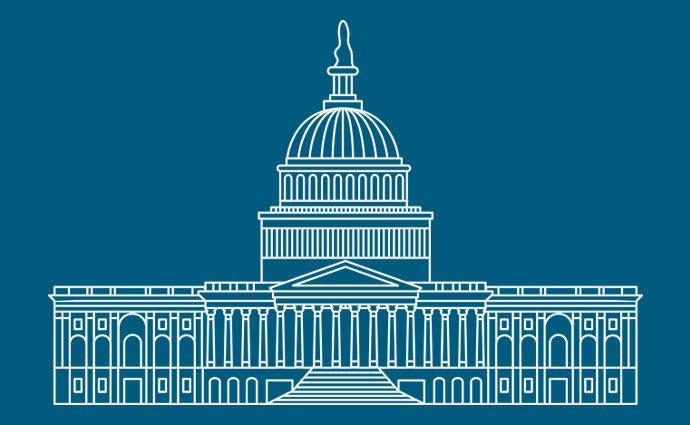Surprise Billing Law in NY Leading to Higher Healthcare Costs
The arbitration process intended to resolve surprise billing in New York is leading to higher provider payments and healthcare costs for patients, a new study found.

Source: Thinkstock
- A recent study from the USC-Brookings Schaeffer Initiative for Health Policy showed that New York’s solution for surprising billing increased what payers and patients pay for out-of-network care.
The law implemented in 2015 allows patients enrolled in fully-insured, state-regulated health plans to contest surprise bills in emergency and non-emergency situations. Once a complaint is filed, payers and providers cannot charge the patient more than the amount they would owe in-network providers. Then, payers and providers can use an independent dispute resolution process to settle price disputes if they fail to agree on a price for out-of-network care.
The arbitration process requires arbiters to consider the 80th percentile of billed charges when determining the final amount. FAIR Health, an independent insurance claims database, determines the 80th percentile of billed charges in this case.
Data from a recent New York Department of Financial Services report showed that prices determined through the arbitration process have averaged eight percent higher than the 80th percentile of charges. Therefore, it is likely that the high out-of-network reimbursement now attainable through arbitration will increase emergency and ancillary physician leverage in negotiations with commercial insurers, researchers from the USC-Brookings Schaeffer Initiative for Health Policy explained.
The surprise billing solution could also lead to either providers dropping out of networks to obtain a higher payment rate, which in turn would increase premiums, they stated. If insurers are paying providers more for out-of-network services in order to reduce the risk of losing in arbitration, that would further amplify this inflationary impact on premiums, they added.
Data from the report also showed how often the arbiter selected either the health plan or provider offer.
Arbitration decisions in favor of health plan averaged only 11 percent below the 80thh percentile of charges, implying that health plans “win” in arbitration when they offer to pay extremely high rates.
New York’s State Department concluded that the surprise billing law saved consumers over $400 million from 2015 to 2018, according to a report released in September of this year.
But the arbitration system promulgated by the law could lead to higher healthcare costs down the road, researchers warned. They also noted that the law has yet to reach “equilibrium” since the over 1,000 arbitration decisions in 2018 still represented a small share of out-of-network bills.
Policymakers are seeking a national solution to surprising billing, and providers are largely pushing for the federal government to implement a similar arbitration process. But policymakers are considering modeling their solution on another state’s surprise billing law.
In August of this year, California passed its surprise medical bill law to prevent patients from bearing the brunt of balance billing, which is the difference between the amount the payer will cover and the out-of-network total bill.
Under this surprise billing legislation, patients who received out-of-network care are billed the in-network rate. Payers can then reimburse at the physician’s average contracted rate (ACR), which is the local standard at 125 percent of the Medicare reimbursement rate.
There are 16 percent more in-network physicians in California since the passing of the state’s surprise medical bill law, indicating that benchmark price setting may not force physicians out of insurance networks, an AHIP study found.
The report also looked at 11 health plans covering 96 percent of individuals insured on the individual market and found that not only did insurers retain their physician contracts, but their physician networks also grew by 16 percent. Individual specialties rose as much as 26 percent.
The law demonstrates one way to ensure that members have access to care while policymakers attempt to protect them from surprise billing, according to the study.
While payers and providers are split on which approach is better for addressing surprise billing, federal policymakers must weigh the pros and cons of each. Experts say that it will be useful to monitor growth in the number of bills brought to arbitration over time.
